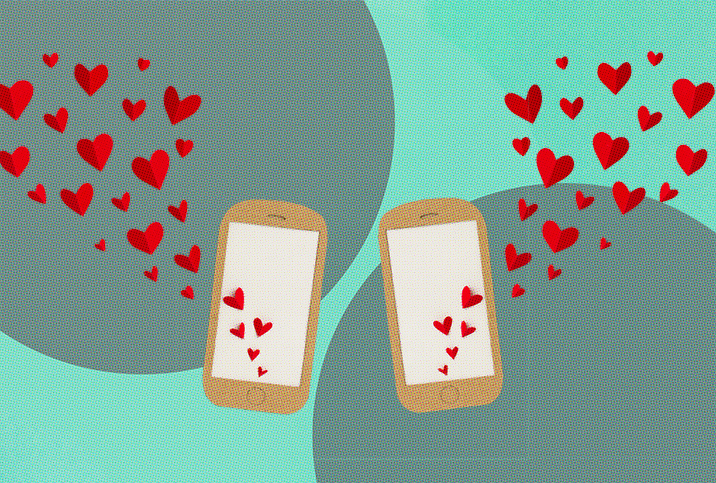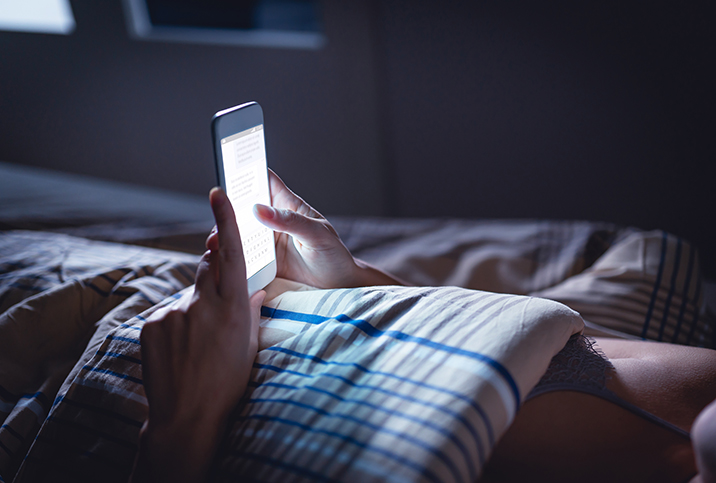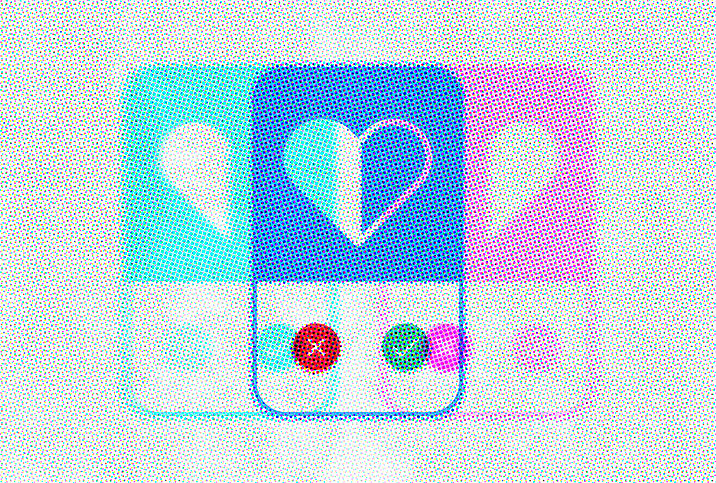Dating Apps: Game-Changers for the LGBTQIA+ Community

Before the first dating app was created, technology-based matchmaking began with sites such as Kiss.com and Match.com in the mid '90s. By the year 2007, when the first iPhone came out, there were more than a dozen sites to choose from. These platforms—along with newly designed applications—began to make the natural transition to smartphones as they increased in popularity.
Though they sound good in theory, dating apps have pros and cons. They're great for shy people and those who work from home, but there's always a chance for catfishing—where someone pretends to be someone they're not in order to deceive you. They can also make stressful partner-hunting into a lot of fun but that can sometimes undermine a sincere connection with others. But of course, the major issue for the LGBTQIA+ community was that, for the longest time, dating apps simply ignored them.
However, as this attitude starts to change, how's a queer dater to adapt?
Trials and tribulations
In the beginning, virtually none of the mainstream dating sites and apps offered an LGBTQIA+ option. Straight people could use these platforms to their heart's content, while anyone outside the straight and narrow was left to fend for themselves. There was rarely an option to identify as LGBTQIA+ via digital dating, and that led to their subsequent exclusion.
Things started to shift in 2008, when the online dating service eHarmony responded to a same-sex discrimination lawsuit by creating Compatible Partners. Though it was a halfhearted effort, especially as the site was technically separate from eHarmony, it did open the door for LGBTQIA+ activists to protest inclusiveness conditions.
Just one year later, the wildly popular gay dating app Grindr was introduced, revolutionary because it was created exclusively for gay men and was the first dating app to use geolocation services. To this day, it remains one of the top LGBTQIA+ dating apps available.
Hookups... or long-term?
When choosing a dating app, you're usually looking either for a good time tonight or your soulmate. Because most dating apps got the memo and are LGBTQIA+-friendly (or more so than they used to be), mainstream favorites like Tinder can be used to find a casual partner, but sometimes it's better to find one that caters to your specific demographic. Conversely, Match and eHarmony have reputations for long-term relationships, heterosexual and LGBTQIA+ alike.
Since its inception, Grindr has been at the forefront of the LGBTQIA+ dating app scene and has recently grown to include other members of the community. It is most known for gay men looking to hook up, and HER could be considered its lesbian counterpart. BiCupid and Transdr are popular apps for bisexual/pansexual and transgender people, respectively.
What nearly all of the LGBTQIA+-centric apps have in common, though, is they are accepting of everyone in the spectrum. LGBTQIA+ dating apps have risen in popularity so much, in fact, that they extend to previously reluctant demographics. Christians can now be a part of this dating scene via platforms such as ChristianMingle and a newer, more LGBTQIA+-focused option called Believr.
For seniors
Not to be ignored is the demand for LGBTQIA+ dating apps for seniors. While many young people find the prospect of an elder sex life cringe-worthy, this does not lessen the demand for these services—there's no age limit for making a connection.
Age ranges are a core setting for any dating app, but there are some geared toward elders. SilverSingles and OurTime, for example, welcome all orientations for people over age 50 seeking both serious and casual relationships. Additionally, the American Association of Retired Persons (AARP) recognizes HER and Grindr as good senior-friendly candidates.
Final takeaway
There has never been a better time for the LGBTQIA+ community to take advantage of dating apps. The hetero-predominant ones are more welcoming, and there is an increasing number of specifically LGBTQIA+ apps, too.
No matter what your preference, there's something out there for you.


















